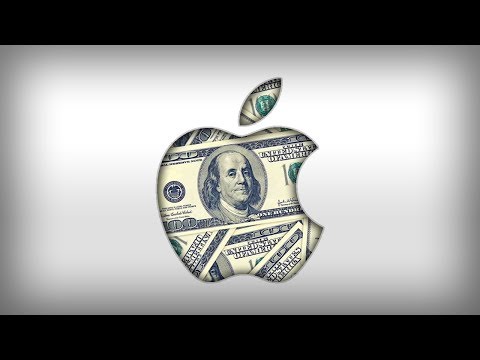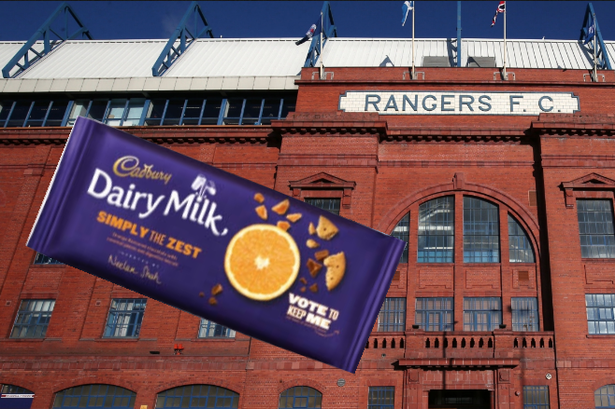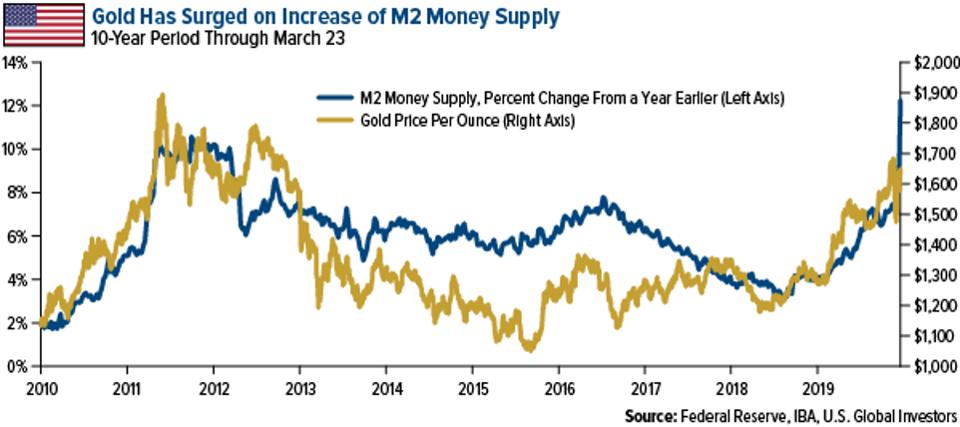Contents
You can use the Benjamin Graham PE Ratio principle to decide your allocation. Let us map the above data on a chart and analyse how Nifty 50 PE works. Standalone earning includes income earned by only the parent company. Whereas consolidated earnings include income earned by both parent and its subsidiaries.
- Curated newsletters on markets, personal finance, policy & politics, start-ups, technology, and more.
- Some experts see more respite ahead, while others advocate a buy-on-dips approach to pick value stocks carefully.
- Corporations generate revenue and profits from the consumption and the profitability will ultimately be reflected in the stock market.
- In the current Equity market outlook, India’s Market Cap to GDP ratio jumped 104, at 20-year high as on March 18, 2021.
As per Buffett’s comment, the ratio is a simple way of looking at the value of all the listed stocks on an aggregate level, and comparing that value to the country’s total output . Thus, those who believe India is undervalued based on the Buffett Indicator are either basing their analysis on a rule of thumb that may not apply to India or expect profits to return to the higher end of their historical range. https://1investing.in/ So is the Buffett Indicator relevant only to the US stock market or to the stock markets of other nations as well? If the return for a particular factor increases over time, more of it is supplied compared to its demand. This lowers the return that the factor earns and thus its share of GDP. Periods of above average profits as a share of GDP tend to be followed by periods of below average profits.
Is Indian stock market overvalued 2021?
Indian valuations have gotten rid of at least some of the froth in the benchmarks’ recent visits close to their all-time peaks. Some experts see more respite ahead, while others advocate a buy-on-dips approach to pick value stocks carefully. But factors such as unfavourable liquidity conditions, weakness in the rupee, wild swings in crude oil and higher material costs threatening margins, overheated valuations, and geopolitical tensions have postponed fresh lifetime highs. While the Buffett Indicator is a great high-level metric, a price/sale ratio is also fairly crude. It doesn’t take into account the profitability of businesses, only their top-line revenue figure, which can be misleading.
Even one month before the end of 2022, FPI outflows for the Street are more than three times the number recorded for the entire previous year. The market veteran is of the view that an investor should use the Buffett indicator and several other effective tools with discretion. As D-Street stands weeks from the New Year, Indian equity benchmarks have often shied away from inches within their all-time highs of October 2021 during much of 2022. This is consistent with the interpretation of the Buffett Indicator, which makes sense since it’s essentially the same ratio, but for an entire country instead of for just one company.

The historical chart of the Buffett Indicator is shown below – for much more analysis and information on our data sources, methodology, and counterpoints, keep scrolling. Curated newsletters on markets, personal finance, policy & politics, start-ups, technology, and more. The author is a Certified Financial Planner with 5 years experience in Investment Advisory and Financial Planning.
Wilshire 5000Wilshire 5000, data accessible from the Financial Times.Used to estimate aggregate market value, 1970-present. Adjustments made in-line with Wilshire guidance that in 1985 a 1-point change in the index corresponded to a $1B change in aggregate market value, buffett indicator india 2021 and by 2020 a 1-point index change corresponded to $1.05B in market value. That drift is extrapolated on a straight-line basis to present day. The below table cites all data and sources used in constructing the charts, or otherwise referred to, on this page.
Buffett Indicator: India Stock Market Valuations and Forecasts
In March 2020, the Indian stock market seemed to be closer to the bottom of current correction phase. After the steepest correction of almost 30% , India’s Market Cap to GDP ratio is at its lowest since FY2010, leading to unprecedented collapse in market valuations in bear markets. But as with Saudi Aramco, if high-profit sectors or companies have been traditionally underrepresented in the economy and are subsequently listed, comparisons across time periods become meaningless. In India, for example, if the nation’s largest insurer, Life Insurance Corporation, were to go public, with an expected valuation of at least US $130 billion, India’s market cap-to-GDP ratio would rise by 5%. Additionally, the ratio has been trending higher over a long period of time and therefore, many investors question what a reasonable average ratio should be. While the average is 75%, and many believe being over 100% indicates the market is overvalued, others believe the “new normal” is closer to 100%.

In terms of market cap-to-GDP — called the Buffett Indicator — India trades above 100 per cent, thanks to the contraction in GDP in FY21, he said. In terms of market cap-to-GDP — called the Buffett Indicator — India trades above 100 per cent, thanks to the contraction in GDP in FY21. Indian companies can raise debt from non-residents through two routes. The FPI route is for foreign investment in rupee-denominated debt.
Global Investment
It is highly recommended for every investors to pay close attention to the cap-to-GNI ratios. Note that we are using GNI instead of GDP in our calculations. GNI represents an economy’s total income, including all income received from investments abroad. The table below also shows the historical correlation between the ratio and the subsequent 3-year stock market returns. Negative correlation means that a lower-than-average ratio is correlated with higher-than-average returns. Under the modified model, the contribution of economic growth and dividend yield stays the same while the valuation reverse to mean changes to %.

This is the main reason why Nifty 50 PE ratio has touched lifetime highs. It is also likely that many of these companies in future are also included in the benchmark indices like Nifty and Sensex thereby elevating both the Total Market cap and PE ratio of these indices. Of course, this entry will come at the expense of old economy stocks like PSUs and commodity cyclicals. The ratio is calculated by dividing the total value of a country’s domestic public companies by the nation’s Gross National Income . Binod Kumar Modi, Head of Strategy at Reliance Securities, said Nifty50 trades at 23 times one-year forward earnings, which is at a 25 per cent premium to its long-term average. “The decline in the indicator based on FY22 numbers is due to the widespread expectation of a return in economic activity to pre-pandemic levels by next year, which is leading to higher forecasted GDP,” Sharma said.
Total Domestic Market Cap to GNI Ratio
For decades, the Fed balance sheet has been used to predict changes in economic cycles. The expansion and contraction of the Fed’s balance sheet can certainly influence the economy and the consumption of individuals and corporates, which consequently influence the stock market. Generally speaking, the Fed buys assets as a part of its monetary policy whenever it intends to increase the money supply and sells assets when it intends to decrease the money supply. If the Fed’s goal is expansionary, it pours more money into the market and drifts down the interest rate. In this case, money can be borrowed at a lower rate, which drives individuals to consume and corporate to expand their business. On the other hand, an enormous drop in interest rates also promotes investment, as it makes a dollar of future profit much more valuable.
What Returns Is the Market Likely to Deliver From This Level?
Correlation between Buffett Indicator valuation ranking and subsequent S&P500 returns. The highest stock market returns tend to come after periods of undervaluation . Periods of relative overvaluation , particularly at the extreme, tend to be followed by lower S&P500 returns five years later. What is “The Buffett indicator” and why does it work for most global economies, but not India? The indicator shows whether or not market valuations are in sync with economic reality.
After bottoming out from 25,981 on March 23, 2020, BSE Sensex has soared by almost 102% reaching all-time high 52,516 on Feb 16, 2021, but market declined by 6.3% from this on profit booking, rising in US G-Sec yield. However, after the Coronavirus outbreak in China, Italy, South Korea, United States, the overall sentiments of Foreign Investors got affected adversely due a number of uncertainties across global economic outlook. Heavy sell-off by FIIs in Indian Equity market was seen since last few weeks (February-20 & March-20). Below chart shows the monthly movement of India’s Market Cap to GDP Ratio. India’s GDP recorded the sharpest contraction of 23.9% and 7.3% in Q1 FY21 & Q2 FY21 respectively, resulting in lower TTM GDP base.
The ratio can’t be used to directly compare the valuation levels of different nations. Some countries are characterized by a higher portion of publicly listed corporations when some have a larger portion of private or state-owned companies. The current TMC-to-GDI of a country’s stock market needs to be compared to the historical average value of the nation. The history of the data is too short for an accurate prediction of future returns. The current ratio of market cap over GDP in this page gives you an idea on where the market stands from historical perspective. This is the projected return and the modified projected return of the stock market in India relative to other countries.
The long term average market cap to GDP ratio for India has been 79%, which is way above the long-term average where 60% of the equities are trading at a premium to their historical averages. The only two occasions when the ratio was below the long-term average were in FY 2009 (55%) and in FY 2020 (56%). In Equity market outlook as on March-2020, India’s Market Cap to GDP ratio had corrected sharply at around 56. It is mainly due to the recent corrections in the stock market amidst Coronavirus outbreak and its impact on economic outlook, both domestic as well as global. Thus, we can say that stock market outlook in March was closer to its bottom. Thus the Buffett indicator gives investors an early warning before bottoming of the markets.
Another part of that natural increase is because US market value is growing faster than GDP due to the rise of international sales of US-based firms. The key point here is that the model is looking at relative performance against the indicator’s own trend rate, and not just saying “the Buffett Indicator is high”. The Buffett Indicator only considers the value of the stock market, but does not consider how stocks are valued relative to alternative investments, such as bonds.